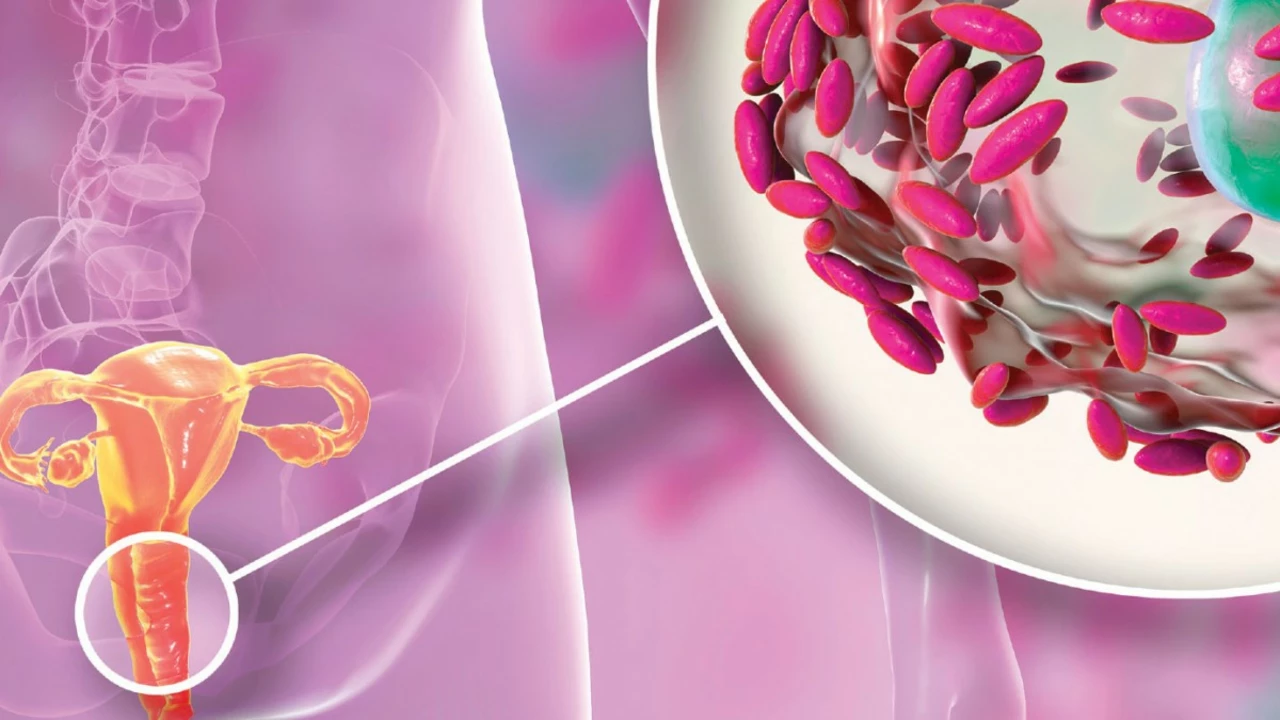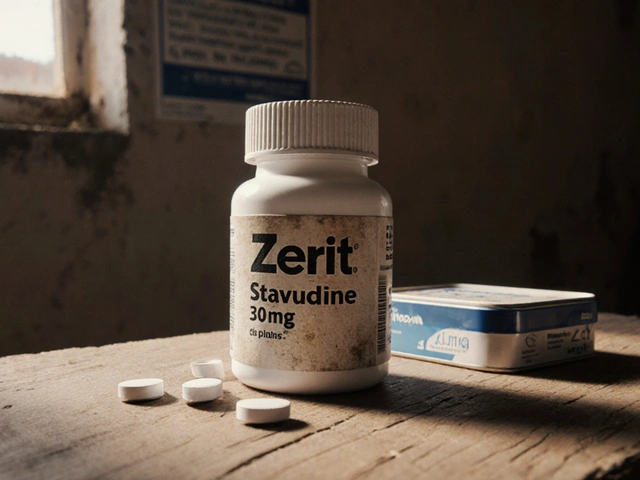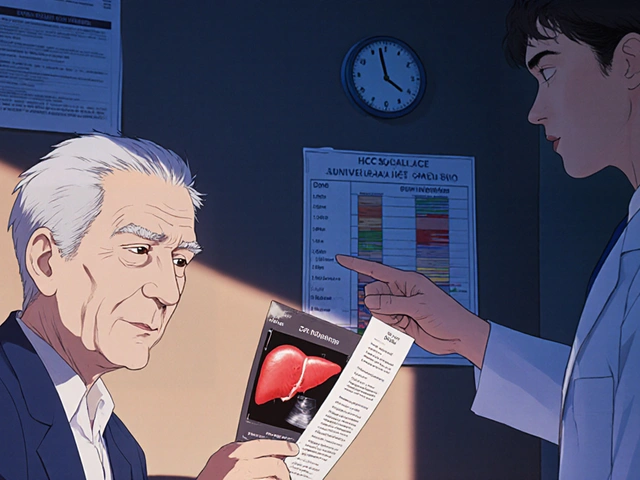Chlamydia: What to Know, Test, and Treat
Chlamydia is a common sexually transmitted infection caused by the bacterium Chlamydia trachomatis. Many people don’t notice any symptoms, so you can have it and not know. That’s why routine testing matters if you’re sexually active, especially with new or multiple partners.
Symptoms, when they happen, are usually mild. For people with a cervix this can mean unusual discharge or pain during sex; for people with a penis it might be discharge or burning when peeing. Rectal or throat infections can cause soreness or no symptoms at all. If you notice unusual pain, bleeding, or discharge, see a clinician and get tested.
How testing works
Most testing uses a NAAT (nucleic acid amplification test), which is reliable and fast. Tests use a urine sample or a swab from the cervix, vagina, urethra, rectum, or throat depending on exposure. You don’t need invasive procedures — many clinics, health centers, and some pharmacies offer easy testing. If you’re worried about privacy or cost, look for local sexual health clinics that offer low-cost or free testing.
Treatment and what to expect
Treatment is effective and usually simple. For most nonpregnant adults, doxycycline (100 mg twice daily for seven days) is the current preferred option for uncomplicated urogenital and rectal infections. Pregnant people are typically treated with azithromycin 1 g as a single dose. After treatment, avoid sex until you and your partner(s) finish treatment — usually at least seven days after a single-dose treatment or after completing a seven-day course.
It’s vital that current sexual partner(s) also get treated. If they aren’t treated, you can get reinfected. Many clinics will offer partner notification services or provide prescriptions that you can give to a partner — ask your provider what’s available in your area. Also plan a repeat test about three months after treatment to make sure infection didn’t come back.
Untreated chlamydia can lead to complications like pelvic inflammatory disease in people with a cervix, which can affect fertility. That’s why early testing and prompt treatment matter.
Prevention is straightforward: use condoms consistently, get regular STI checks, and limit anonymous or multiple partners when possible. Open conversations with partners about testing and recent results reduce risk and stress.
If you’re unsure where to test, concerned about cost, or want reliable information about treatment options and buying meds safely, check our related articles and pharmacy guides on this site. If you’re pregnant, have severe symptoms, or can’t get same-day care, contact a health professional right away.

The Role of Chlamydia in Bacterial Vaginosis
Alright, hold on to your hats, folks, because we're about to dive into the wild world of bacteria, specifically Chlamydia and bacterial vaginosis! It's fascinating, really, how the little critters we can't see play such a big part in our lives. Now, Chlamydia, that cheeky little bugger, has quite a role in bacterial vaginosis. It's like the puppet master pulling the strings and causing all sorts of imbalance in the vaginal ecosystem. So, let's give a big hand to our tiny, invisible friends (or should I say foes?) for making life just a tad more interesting!
Detail




